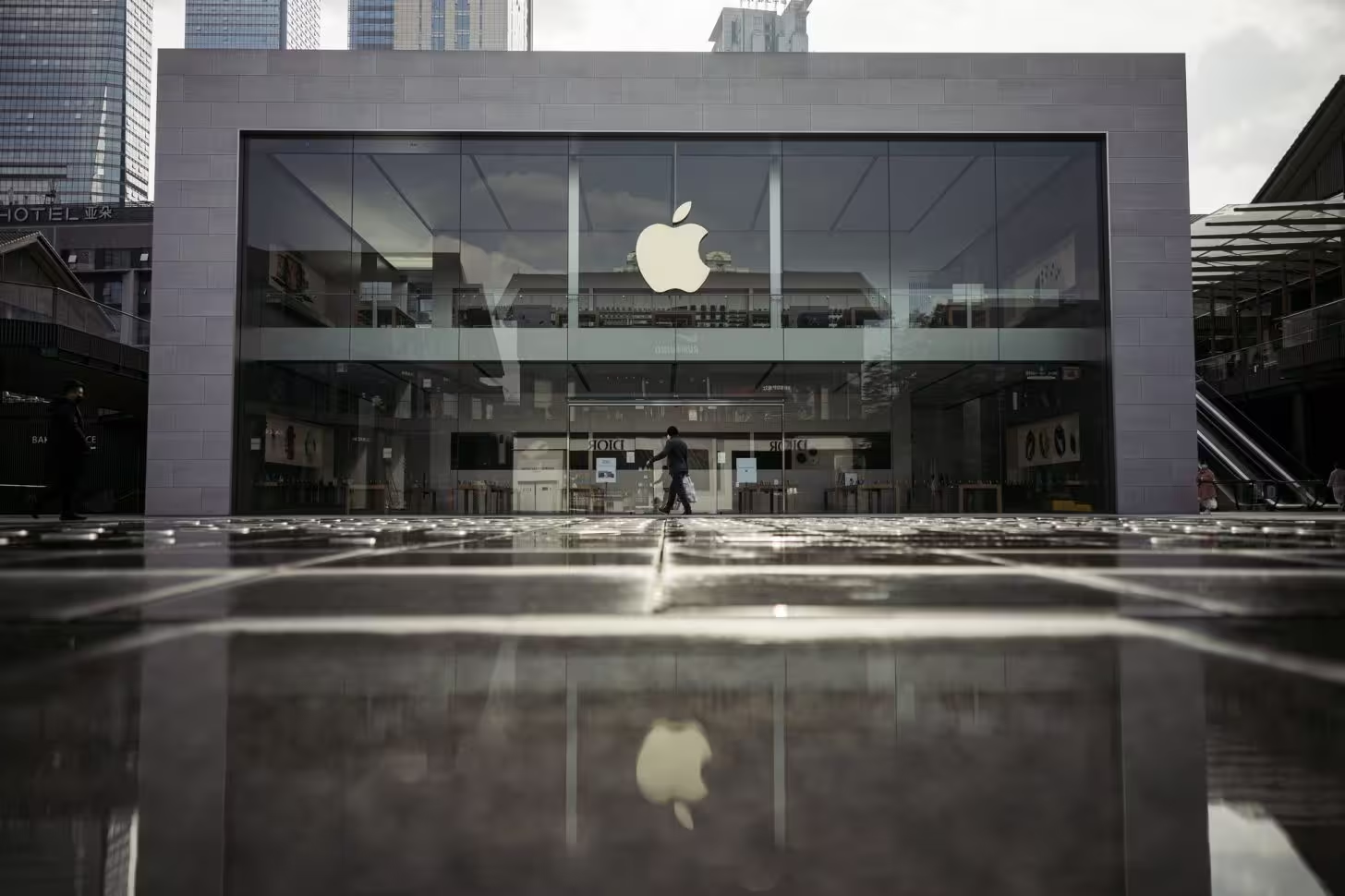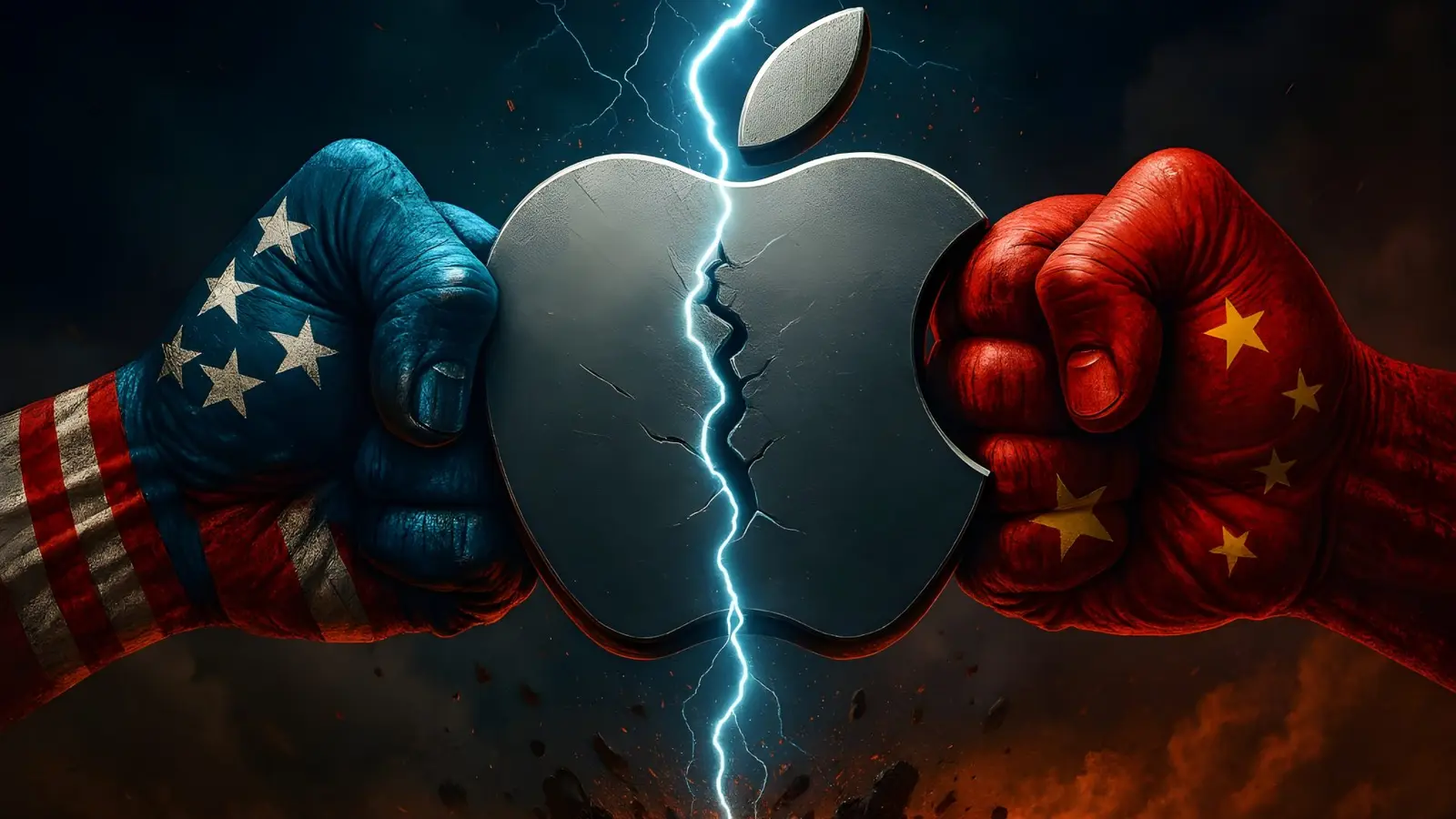4 Minutes
Apple has disclosed a meaningful tariff-related cost for fiscal Q4 2025 and warned of an even larger impact ahead — despite aggressive moves to rework its global supply chain. The company’s latest earnings and strategy update reveal how geopolitics, manufacturing shifts and major U.S. investments are reshaping its hardware roadmap.
Tariff toll: $1.1 billion now, $1.4 billion expected
In its Q4 filing, Apple confirmed a $1.1 billion direct hit from U.S. import tariffs tied to its sprawling supply chain. Finance chiefs say that the December-ending quarter could see roughly $1.4 billion more in tariff-related costs as trade frictions persist. That forecast reflects how hidden costs — logistics, component routing and cross-border value flows — continue to bite even after exemptions and negotiations.
How Apple tried to blunt the blow — and where it fell short
Apple didn’t sit still. Early in the trade escalation it shifted primary iPhone production from China to India and negotiated a broad import tariff exemption by pledging a massive U.S. investment package. Still, the company’s complex supplier network meant it couldn’t fully insulate itself from tariffs applied across different geographies and product lines.
What Apple promised in exchange for tariff relief
- A commitment to invest roughly $600 billion in the U.S. over four years.
- Building a domestic, end-to-end silicon supply chain with partners including GlobalWafers America, Texas Instruments, Samsung and Amkor.
- Expanding display glass sourcing through deeper ties with Corning.
- Opening an AI server plant in Houston to manufacture servers locally.
- Rapidly enlarging datacenter capacity in states like North Carolina, Iowa, Oregon, Arizona and Nevada.

Those moves helped secure exemptions but didn’t eliminate tariff exposure entirely — a reminder that multi-country supply chains are hard to unwind overnight.
From servers to Siri: why U.S. production matters
Apple has already started shipping U.S.-made servers to its datacenters. Those units are designed to support Apple’s Private Cloud Compute architecture, where routine AI tasks run on-device while heavier, encrypted workloads are offloaded to Apple’s own cloud. That infrastructure underpins Apple Intelligence initiatives, including a revamped Siri and new AI features across iOS.
Apple is also beefing up R&D in silicon engineering, AI and software development and has opened a "Manufacturing Academy" in Detroit to train new workers — a signal that some of the $600 billion pledge will fund skills and capacity-building inside the U.S.
Supply chain shifts continue — Vietnam joins the mix
Beyond India and the U.S., Apple is moving final assembly and packaging for its Vision Pro headsets to Vietnam. The company plans to expand Vietnamese output to cover an array of home devices, reportedly including a mobile tabletop AI robot, a HomePod variant with a 7-inch screen to act as a smart hub, and indoor security cameras. Vietnam’s role underscores a diversification strategy that balances cost, capacity and geopolitical risk.
Small wins and ongoing risks
Apple noted it was encouraged by a recent U.S. tariff reduction on certain China imports to 10 percent, but the company’s own guidance shows the costs aren’t fully behind it. Tariffs, localized production investments and the logistics of shifting assembly—plus the need to maintain component quality and yield—mean more complexity — and expense — ahead.
Imagine the scale: rerouting chips, qualifying new suppliers, and standing up manufacturing lines while rolling out consumer products worldwide. It’s expensive, slow and strategically vital — and it explains why Apple is absorbing and planning for billions in additional tariff impacts even as it retools its supply chain for a more fractured world.
Source: wccftech


Leave a Comment